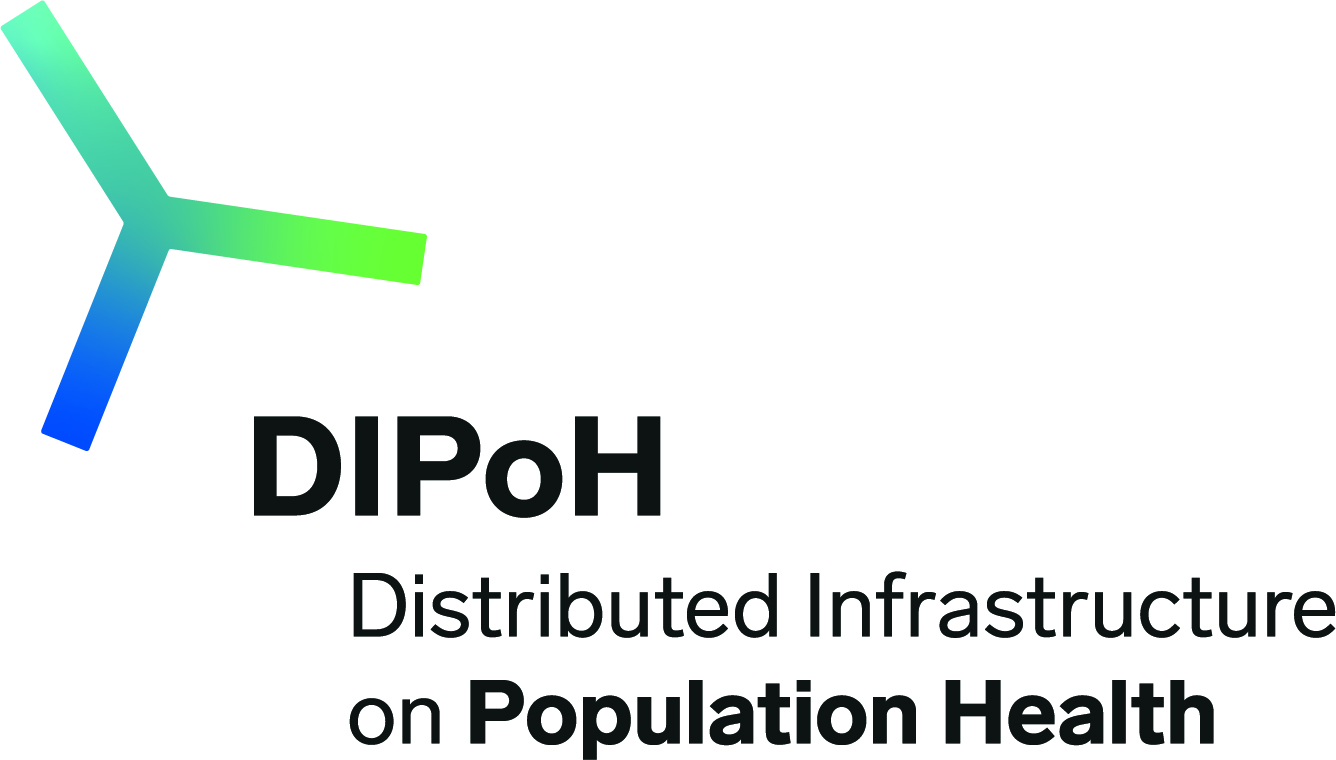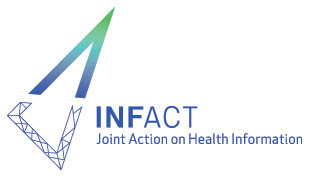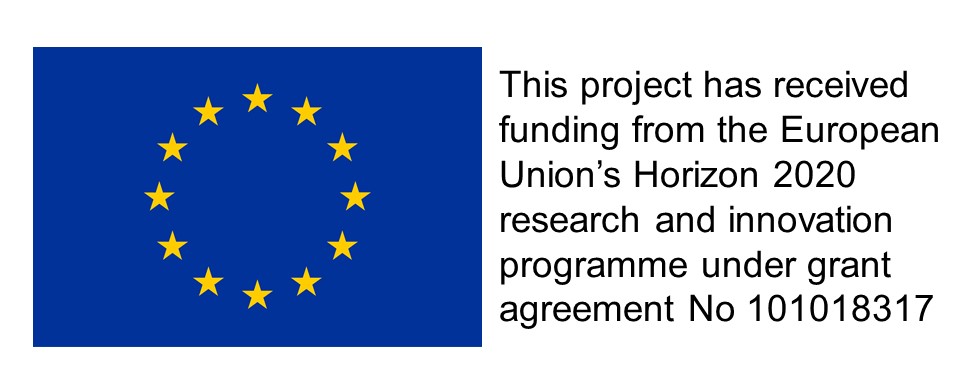Description
AbstractMobile phones have been used to monitor mobility changes during the COVID-19 pandemic but surprisingly few studies addressed in detail the implementation of practical applications involving whole populations. We report a method of generating a “mobility-index” and a “stay-at-home/resting-index” based on aggregated anonymous Call Detail Records of almost all subscribers in Hungary, which tracks all phones, examining their strengths and weaknesses, comparing it with Community Mobility Reports from Google, limited to smartphone data. The impact of policy changes, such as school closures, could be identified with sufficient granularity to capture a rush to shops prior to imposition of restrictions. Anecdotal reports of large scale movement of Hungarians to holiday homes were confirmed. At the national level, our results correlated well with Google mobility data, but there were some differences at weekends and national holidays, which can be explained by methodological differences. Mobile phones offer a means to analyse population movement but there are several technical and privacy issues. Overcoming these, our method is a practical and inexpensive way forward, achieving high levels of accuracy and resolution, especially where uptake of smartphones is modest, although it is not an alternative to smartphone-based solutions used for contact tracing and quarantine monitoring.





